Horizonte de Calor
by Fabian Ritter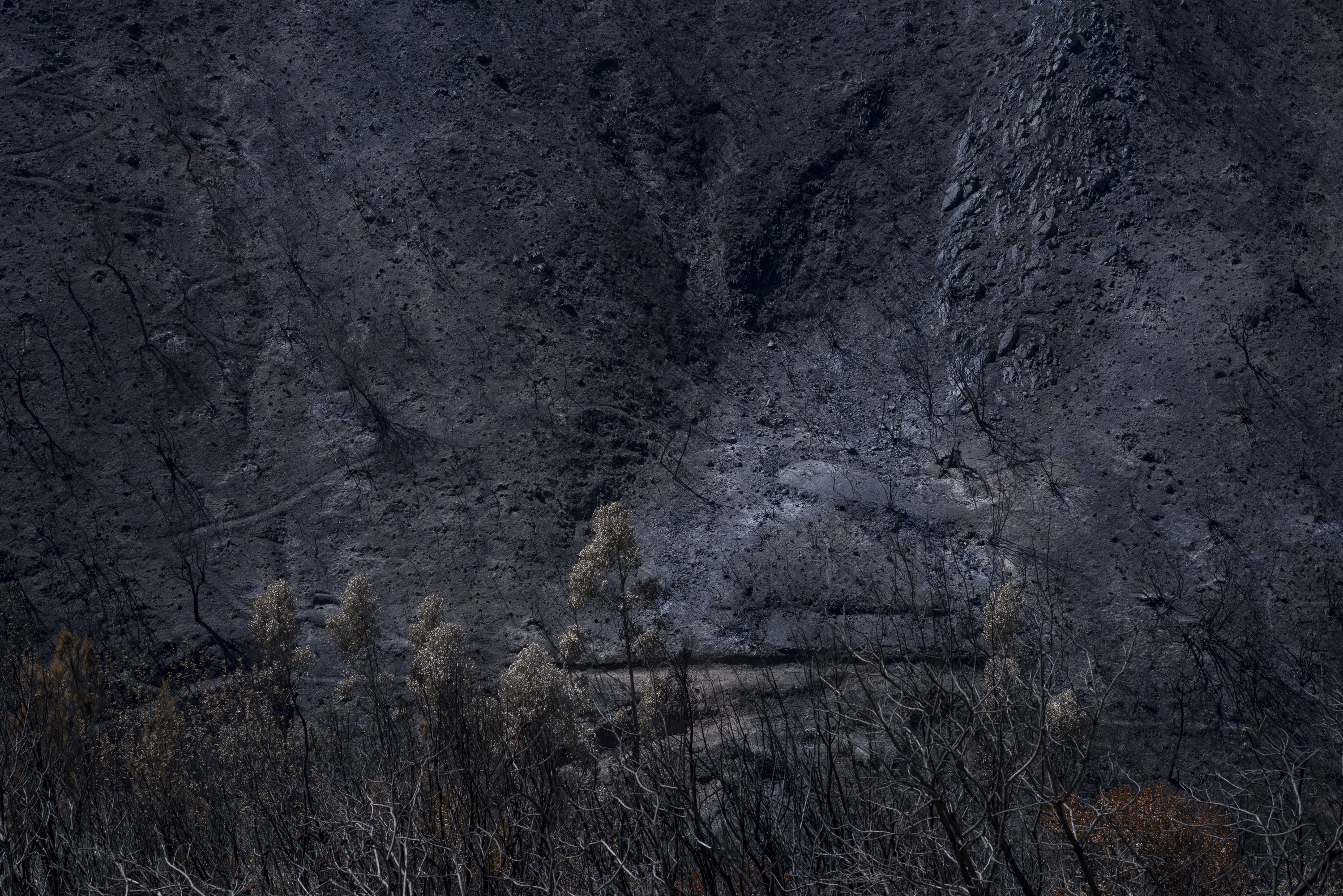






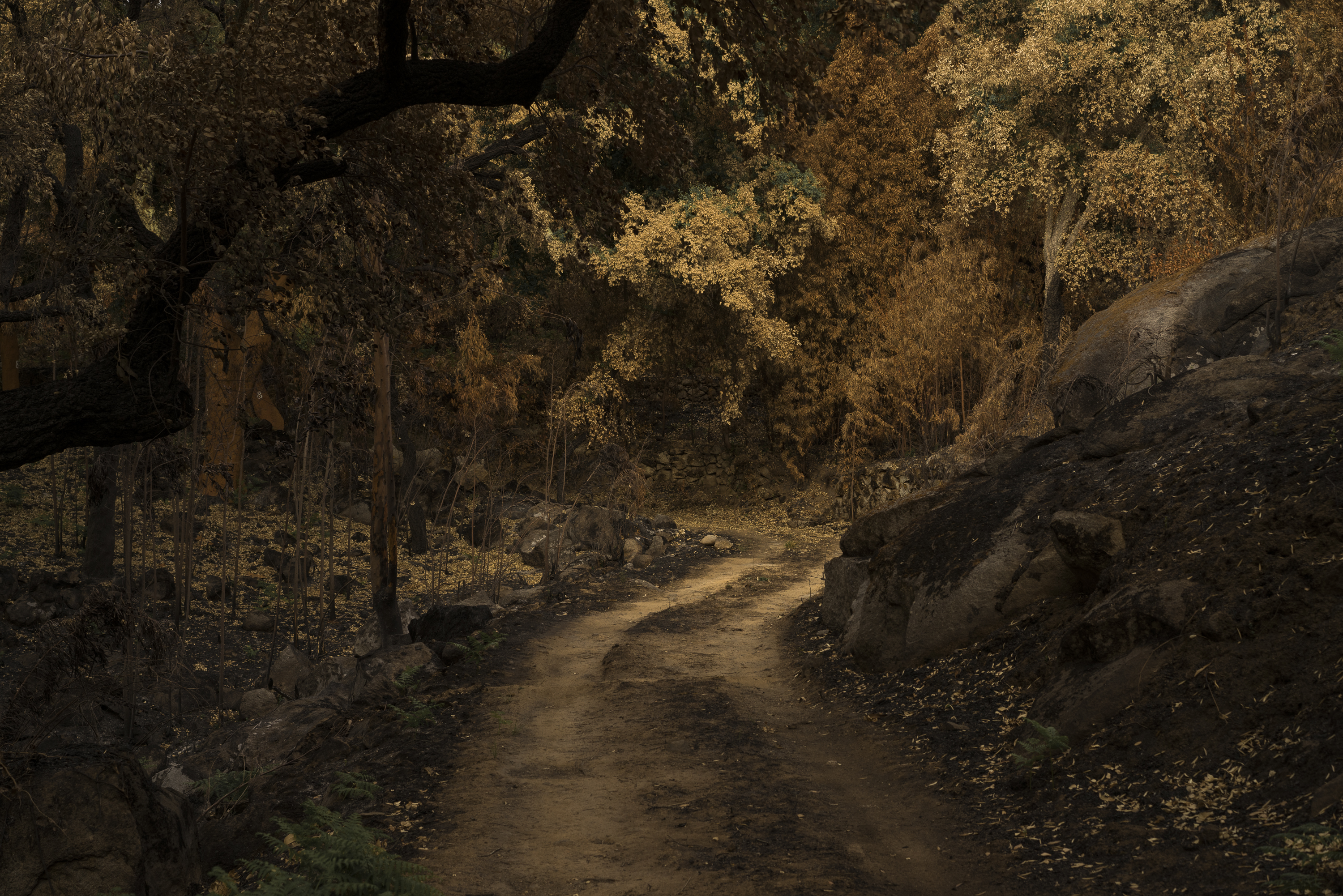





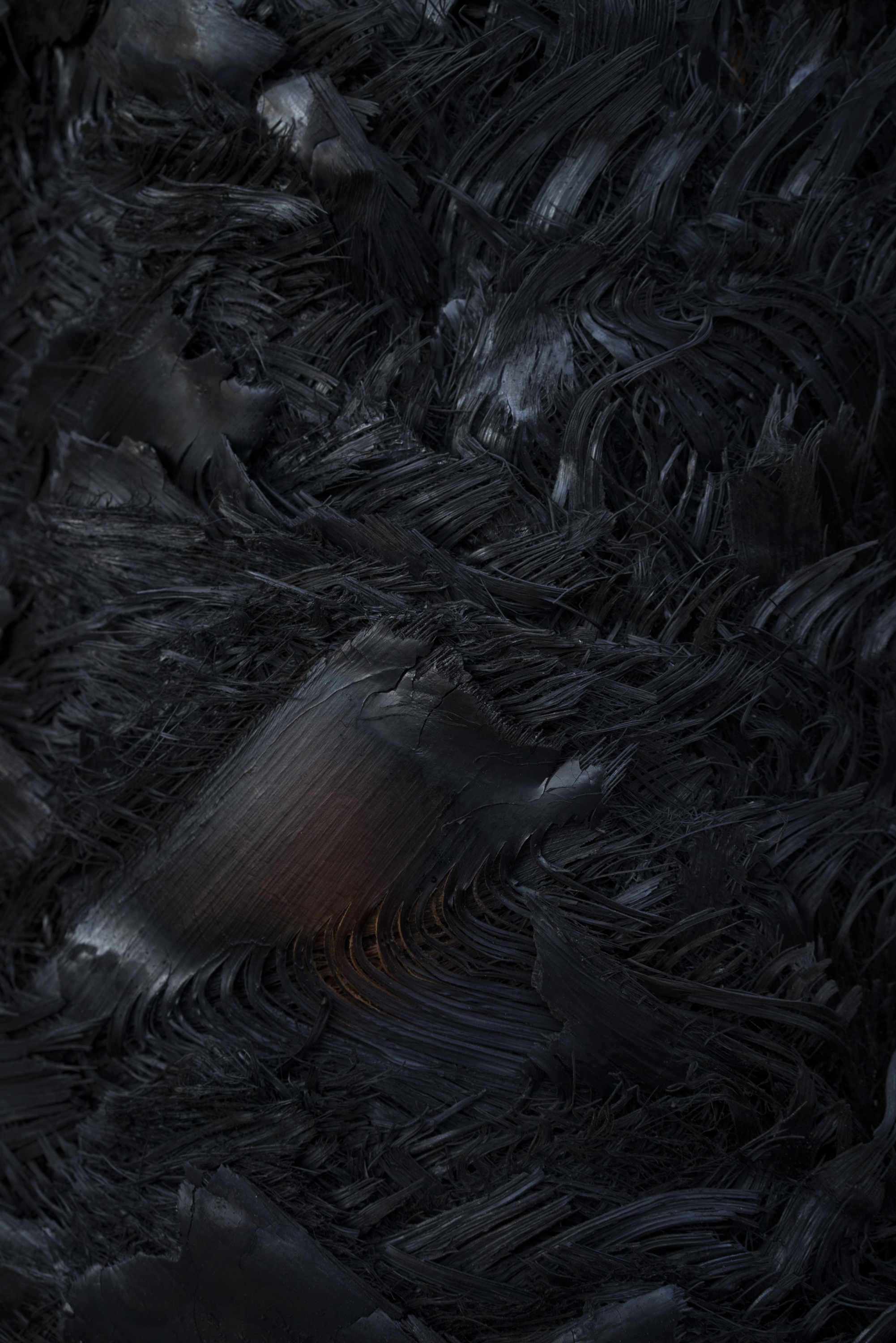

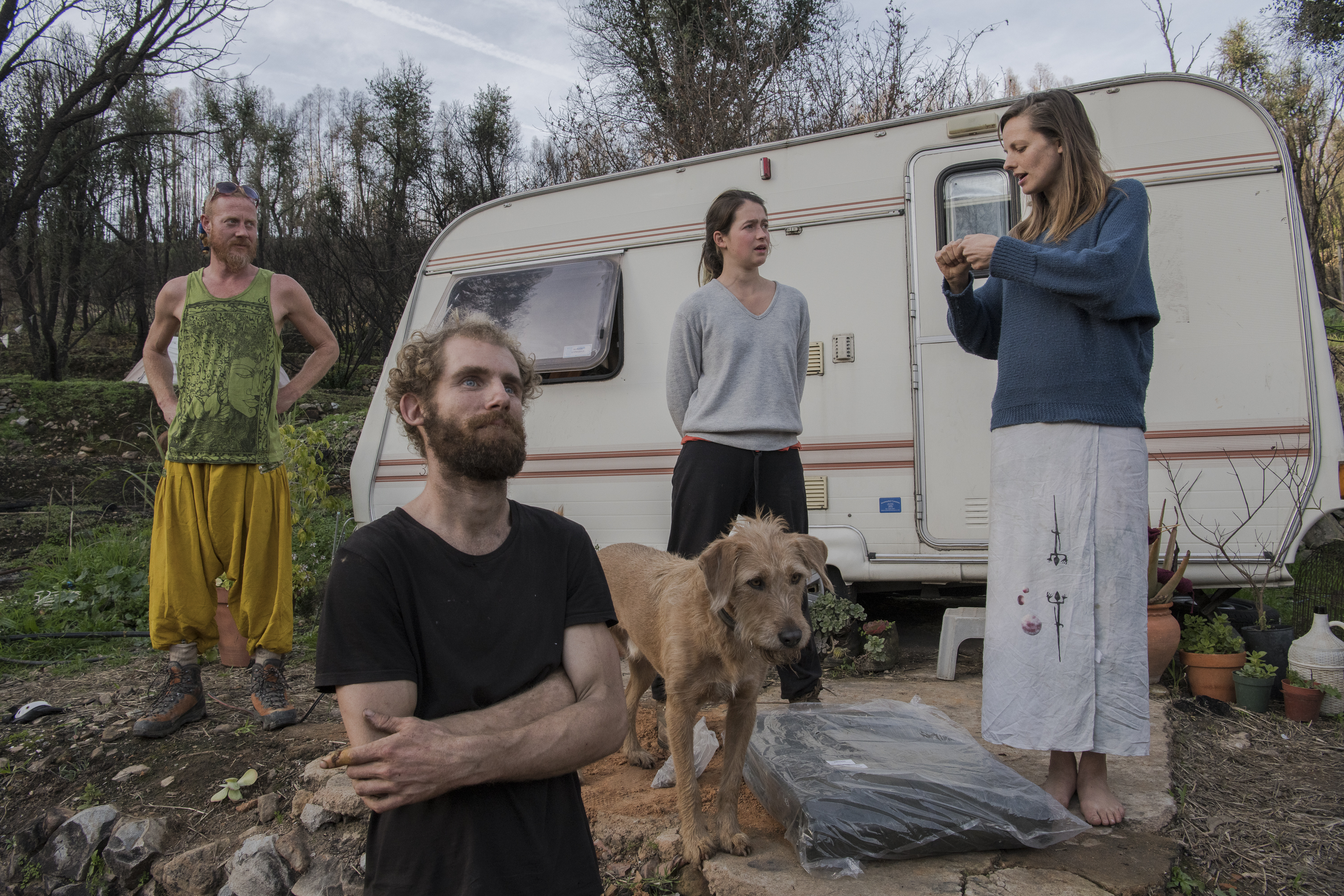
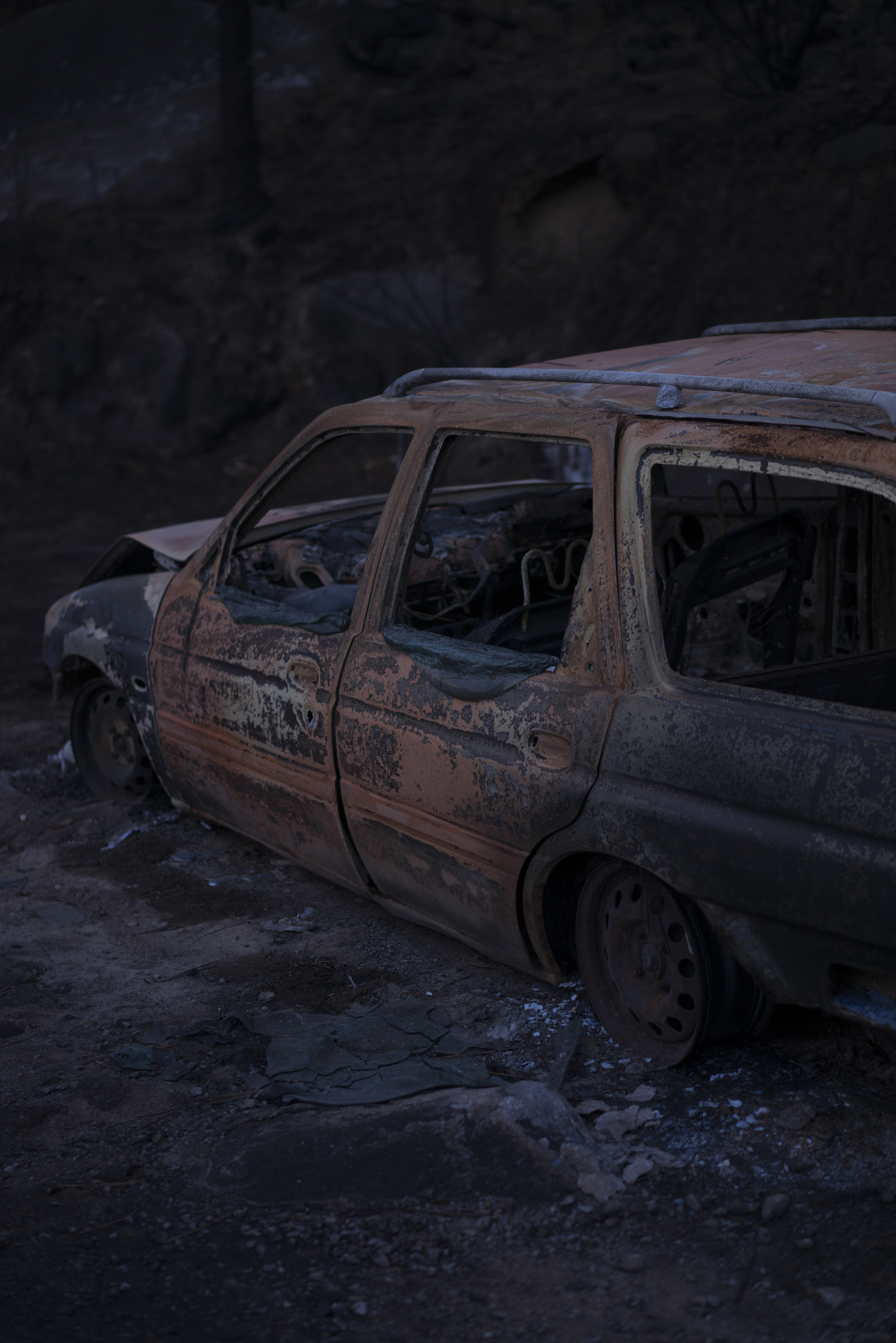
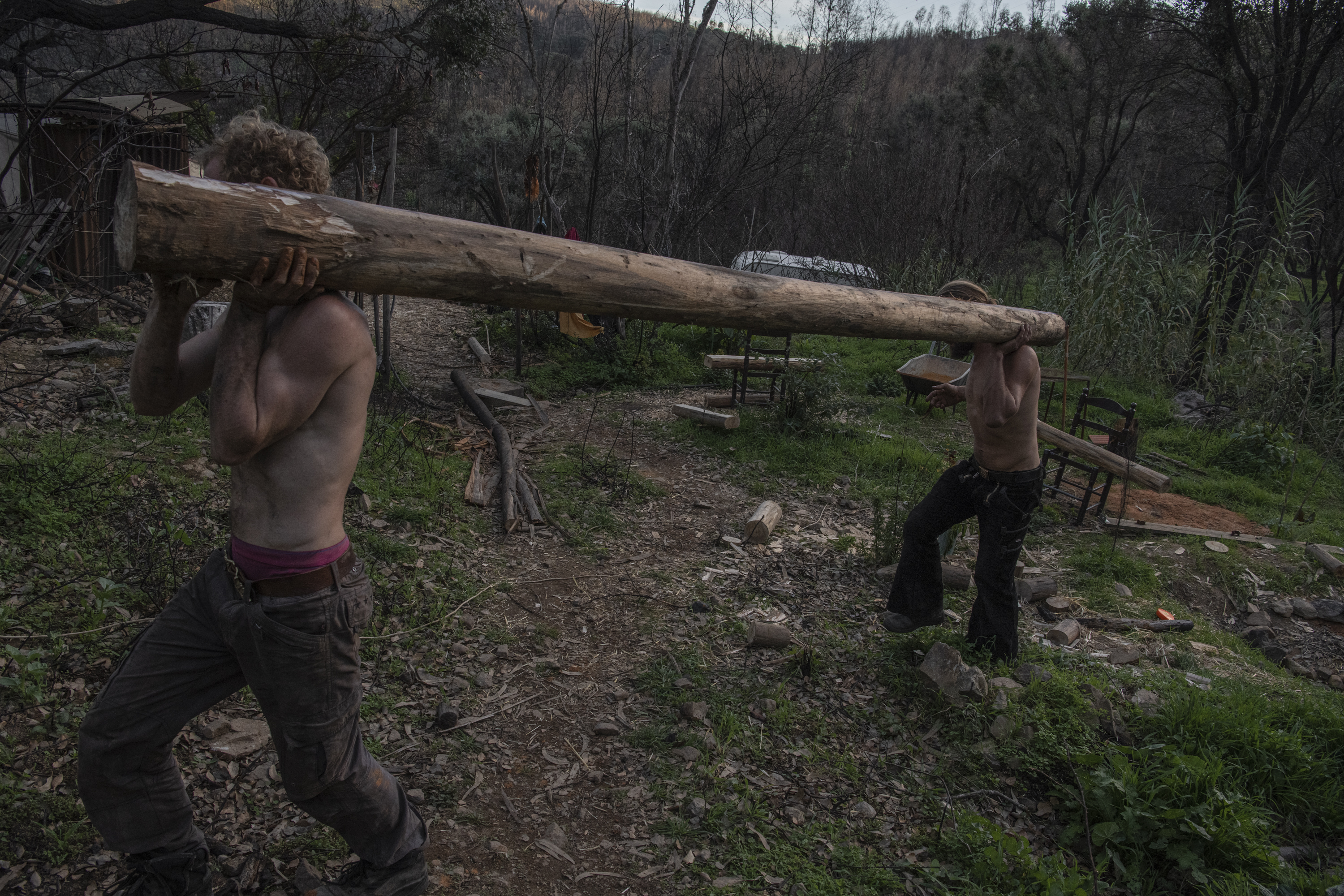
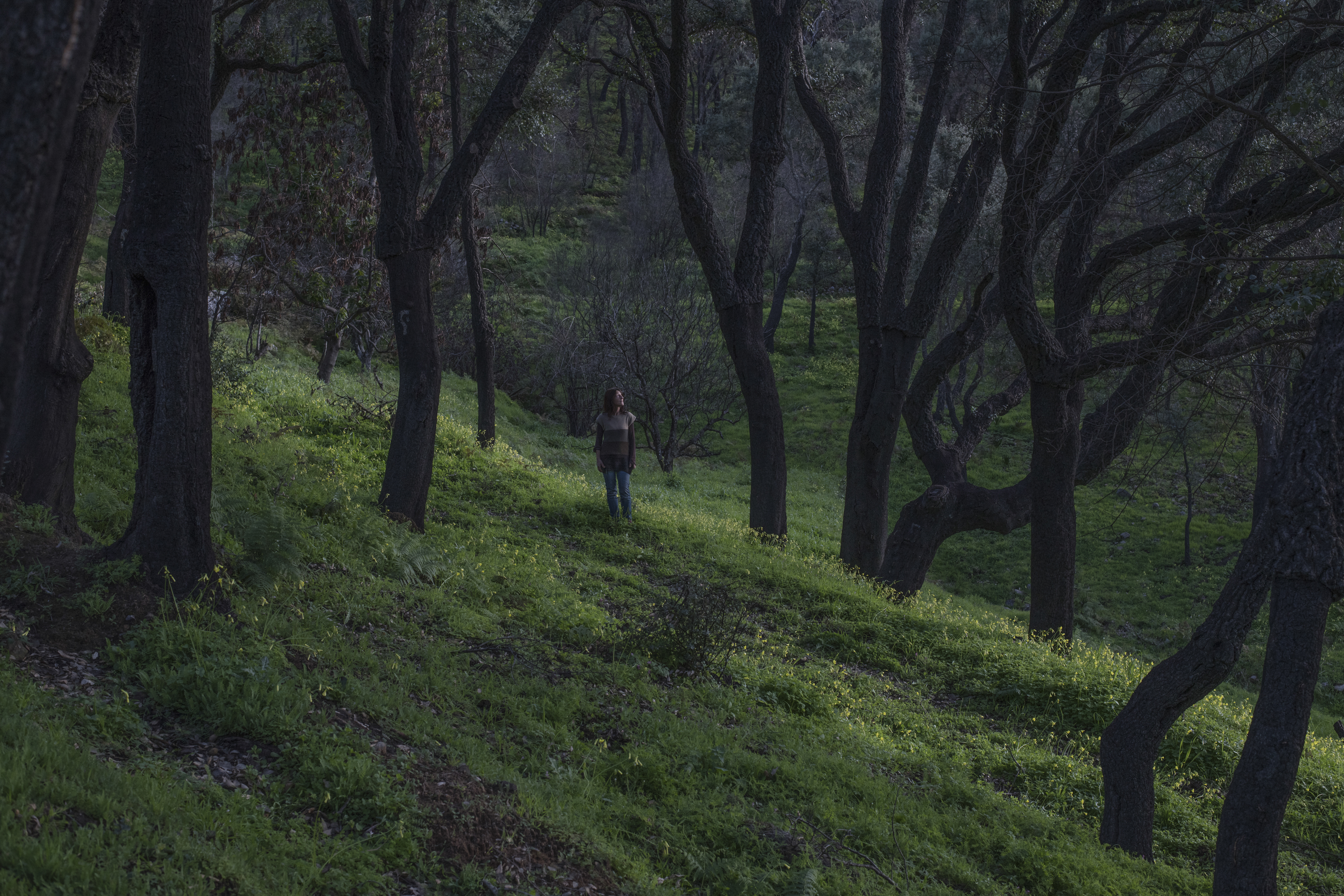



The inferno in the south of Portugal was to last another 10 days when the first flames appeared in the valley of Perna da Negra, Monchique. The air temperature climbed to 45 degrees already days before. 27,000 hectares of forest and natural areas were destroyed by the fire and with them the familiar living environment of the affected population. Only through luck and solidarity of the inhabitants, there are no deaths. More than 50 residential buildings were destroyed and the forest fire is considered to be the most widespread in Europe in 2018.
The photographic essay "Horizonte de Calor" (heat horizon) accompanies the region for the following 7 months after the fire disaster. In the process of the regulation of the damage by the Portuguese authorities it became clear how difficult it is for the inhabitants to get financial support. While local and nationwide authorities failed to provide quick support, in the centre of the mountain village a local private aid organisation was founded to provide urgently needed first aid. More than 80 percent of the forests in the mountain region consist of cultivated eucalyptus, a non-native tree species which acts as an accelerating factor in case of fire. Paper production is an important economic sector in Portugal and stands often in conflict with nature conservation organisations and residential interests. The combination of eucalyptus forests, extremely hot weather conditions due to advancing climate change and the difficult mountainous terrain in the region have made this the most disastrous fire in Europe in 2018. In the photographic work, subjective-abstract and documentary photographs mix with portraits of the inhabitants, providing an approach to the destruction and the new beginning in Monchique.
